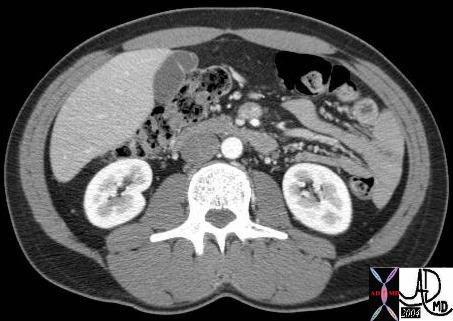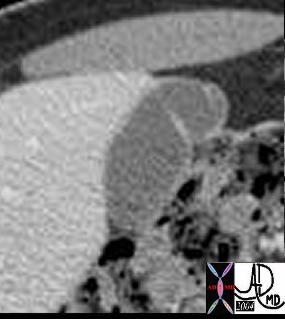Copyright 2008
Definition
The phrygian cap is the most interesting shape of the galbladder with a fascinating cultural history. (Wiki) It is a normal variant of gallbladder shape occurring in 4% of the population and is characterized by a fundus that is folded forward. It was first described by Bartel in 1916. The Phrygians were a primitive race that migrated into northern and central Asia Minor in the second millenium BC. The Greeks knew of the cap as an Oriental headgear that was tight fitting and conical in shape and was depicted in their art. (Ober WB, Wharton RN On the “phrygian cap.” 255:571-572 New England Journal of Medicine 1956)
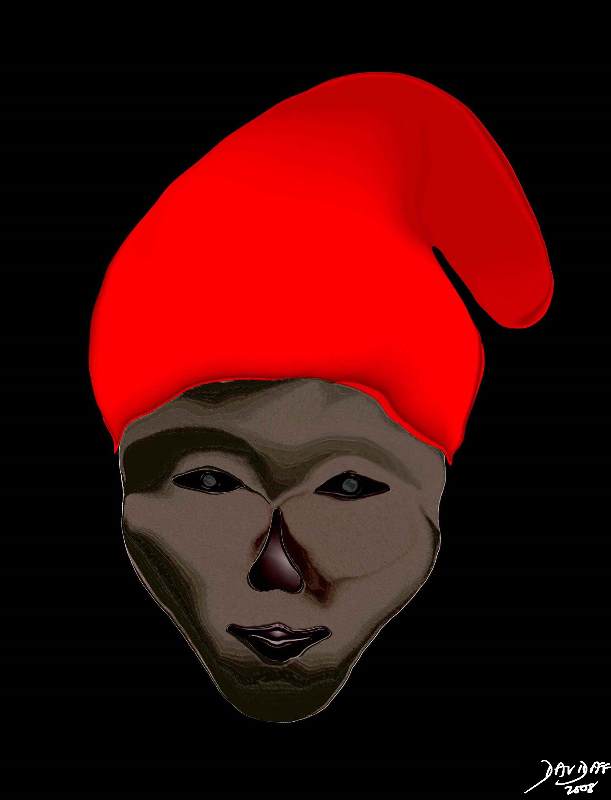
Phrygians of Northern and Central Asia Minor 1000-2000BC |
| The Phrygians were a primitive people that migrated to northern and central Asia Minor between 1000 and 2000BC. They stood for liberty and freedom and wore a tight fitting red cap that was folded at its apex. The artistic rendition above reflects the cap. 4% of the population have a gallbladder fundus that is folded on the body of the gallbladder and was named a phrygian cap by Bartel in 1916. The size of the fold and the cap is quite variable.
82407b14.8s gallbladder Phrygian cap freedom liberty shape symbol Davidoff art Copyright 2008 The phrygian cap is a common normal variant of gallbladder shape characterized a fundus that is folded forward. It was first described by Bartel in 1916. The Phrygians were a primitive race that migrated into northern and central Asia Minor in the second millenium BC. The Greeks knew of the cap as an Oriental headgear that was tight fitting and conical in shape and it has been depicted in their art. (Ober WB, Wharton RN On the “phrygian cap.” 255:571-572 New England Journal of Medicine 1956 The cap was a symbol of freedom and the pursuit of liberty. The cap was worn by King Midas who was cursed with donkey ears by Apollo. He used the Phrygian cap to hide his ears. It was subsequently worn by the Trojan hero Paris, was a symbol of freedom in the French and American revolutions, was depicted on coinage in the US and on variety of seals and flags throughout the world. |
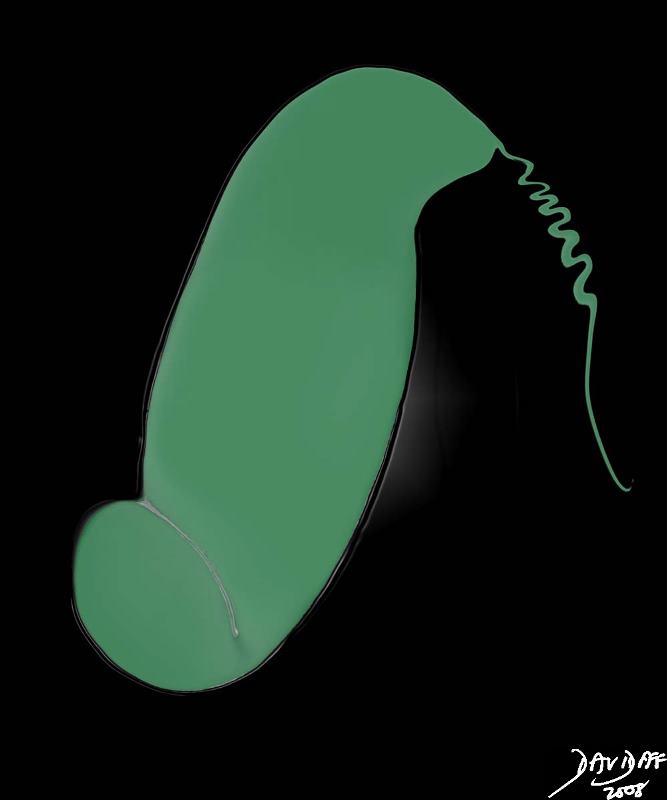
Fold in the Fundus Phrygian in Green |
| 04487.84s.8s gallbladder fundus fundal fold fold normal variant anatomy shape cystic duct phrygian cap Davidoff art copyright 2008 |
The cap was a symbol of freedom and the pursuit of liberty. It was worn by King Midas who was cursed with donkey ears by Apollo. He used the Phrygian cap to hide his ears. It was subsequently worn by the Trojan hero Paris, was a symbol of freedom in the French and American revolutions, was depicted on coinage in the US, and also depicted on variety of seals and flags throughout the world.
|
Phrygian cap |
| 39696 39696b Courtesy Ashley Davidoff MD gallbladder normal anatomy shape phrygian cap |
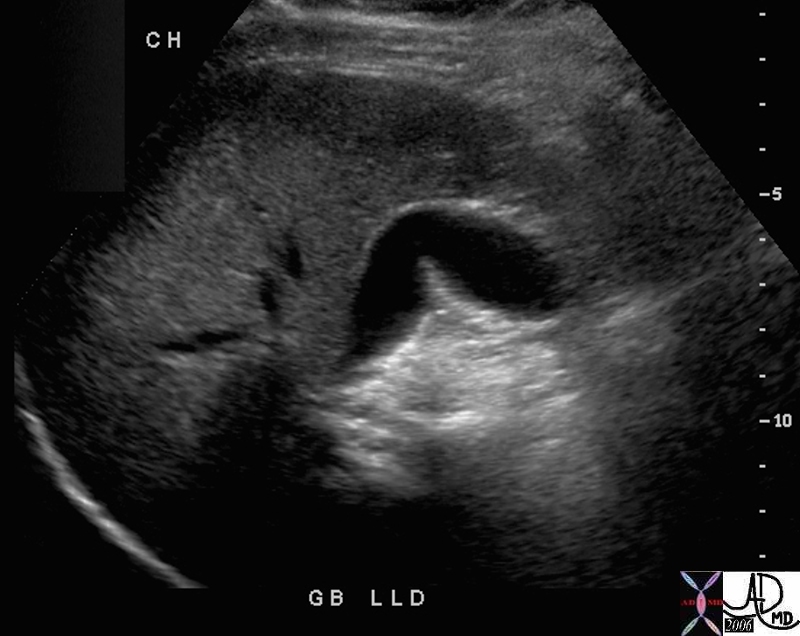
Phrygian cap |
| 45217 gallbladder shape phrygian cap normal anatomy shape USscan Courtesy Ashley Davidoff MD |
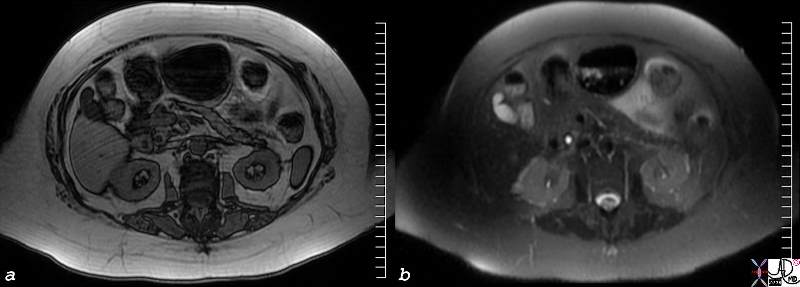
Phrygian Using MRI |
| 82028c.8s gallbladder shape Phrygian cap normal variant anatomy MRI T1 weighted image T2 weighted image out of phase Courtesy Ashley DAvidoff MD copyright 2008 |
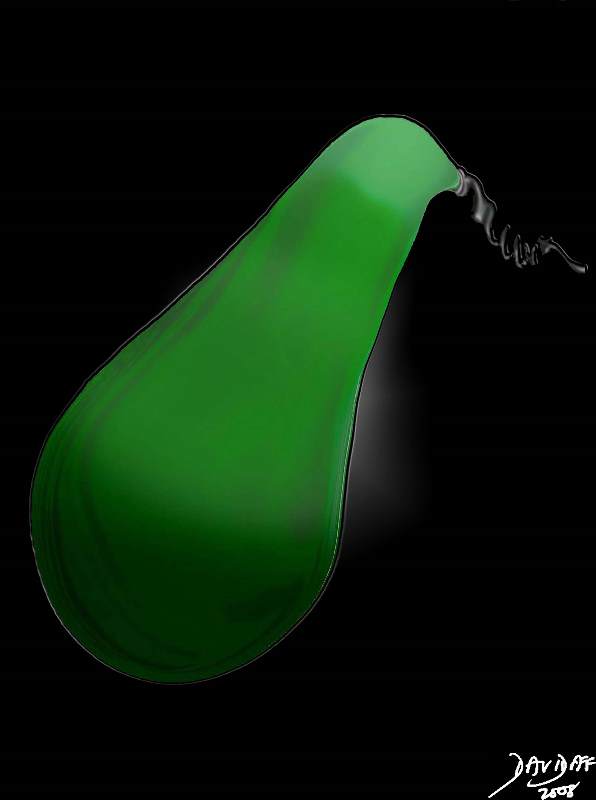
Parts of the Gallbladder |
| 04766b05b10.2k.8s gallbladder parts fundus = dark green body = green neck = light green normal anatomy Davidoff Art Copyright 2008 |
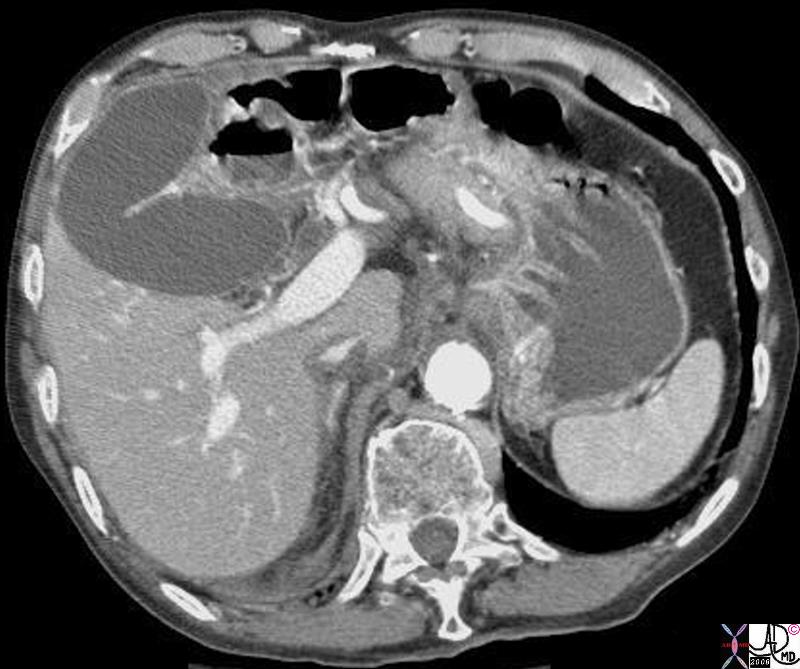
Enlarged with Phrygian Cap – Cholestasis |
| 18260.8s gallbladder shape phrygian cap distended enlarged courtesy Ashley Davidoff MD copyright 2008 |
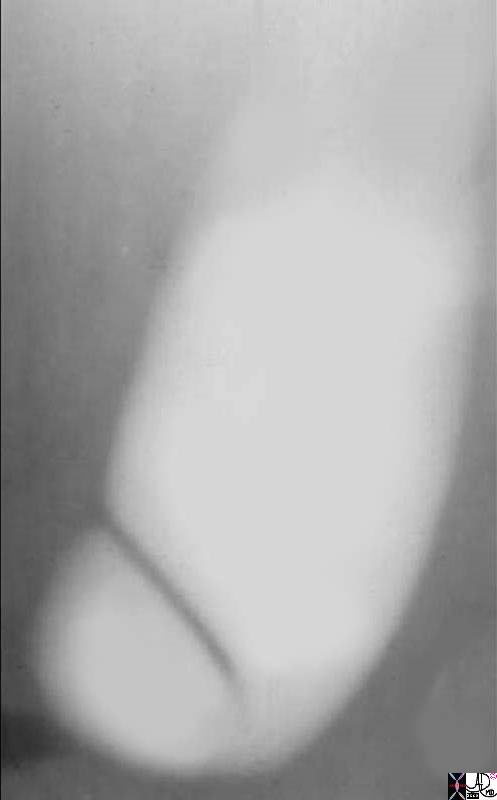
Fundal Fold Phrygian Cap |
| 04487.8s gallbladder fundus fold normal variant anatomy shape OCG Courtesy Ashley DAvidoff MD copyright 2008 |

